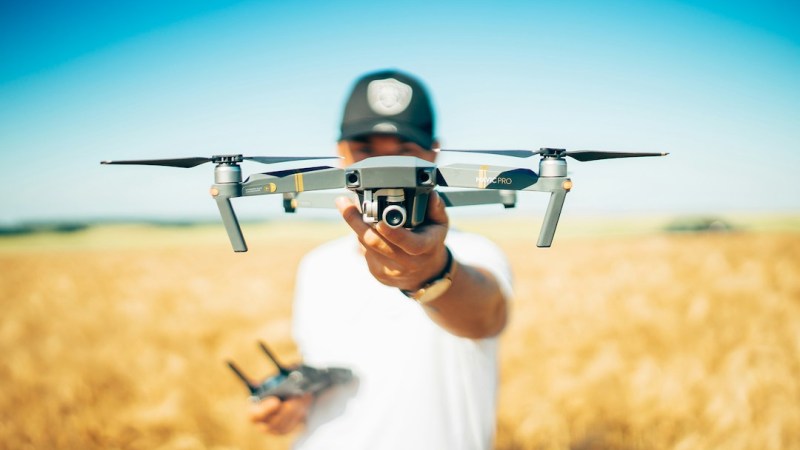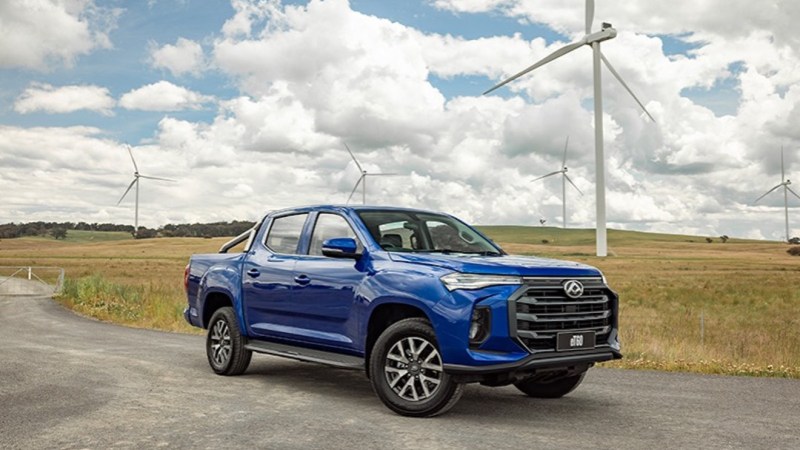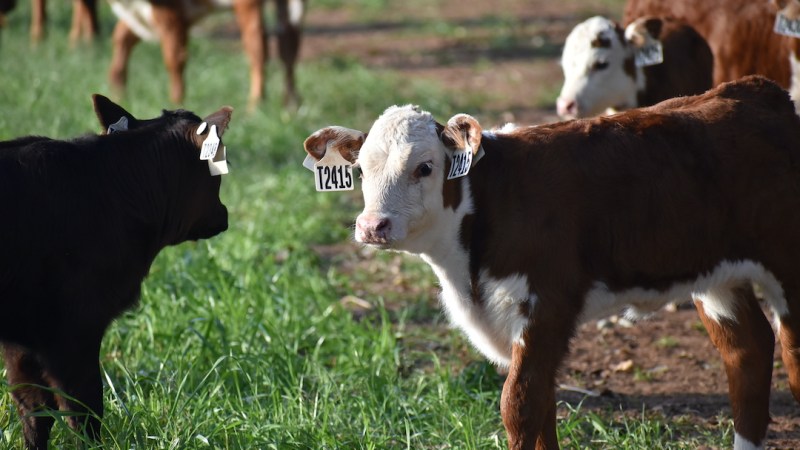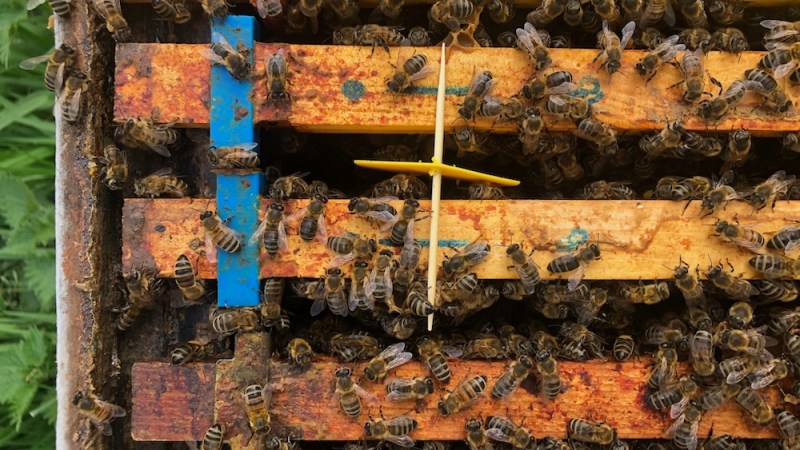In the midst of an ever-changing environment, there’s no better time to build a brighter…
Geothermal powered poultry meat
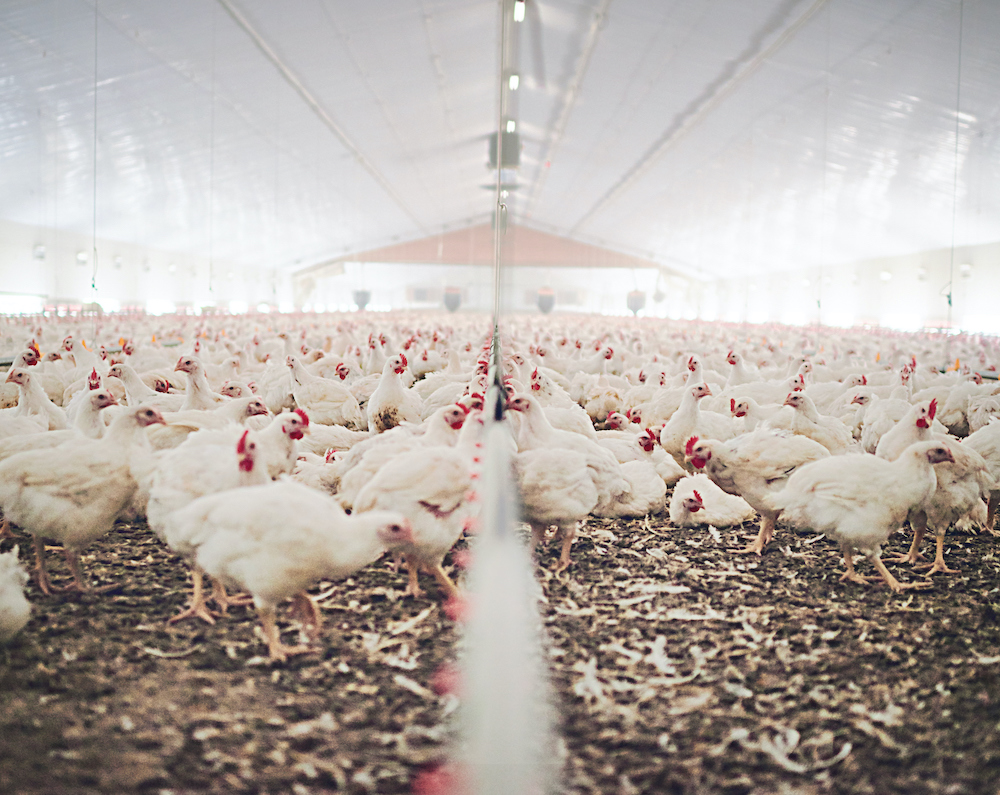
The Zerafa family’s renewable energy journey has stepped into the realms of using direct geothermal technology to further reduce heating and cooling costs on their poultry farm.
In an Australian-first for the poultry meat industry, their farm at Yanderra is a testing site for a new hybrid geothermal and solar heating, ventilation and air conditioning (HVAC) system.
The University of Melbourne has teamed up with geothermal companies Ground Source Systems and Fourth Element Energy to install a 100-200 kilowatt (kW) geothermal heat pump system to work in unison with an existing 99kW solar system.
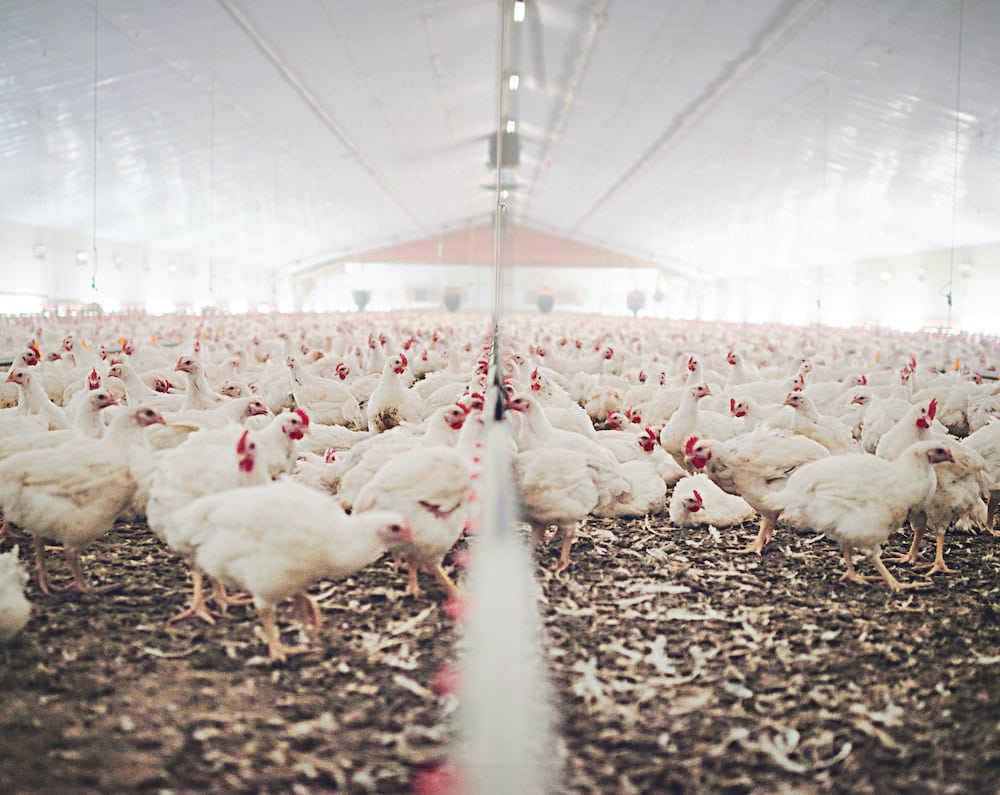
Early trial results indicate an 85 per cent reduction in gas usage for the geothermal powered shed compared to a control shed using traditional LPG-powered heaters and evaporative coolers.
It’s welcome news for the Zerafa’s family farm, which has an annual gas bill of around $140,000.
“We are excited about leading the way with this new technology and potentially expanding its use across more of our sheds,” said farm manager Simon Zerafa.
“We expect that another benefit of the system is that it will reduce chick mortality by removing the humidity associated with gas heating in existing systems.”
Farm manager Simon Zerafa.
Ground Source Systems director Brad Donovan said they are working on refinements to further boost the power of the hybrid system.
“We’ve had a few teething issues, including dealing with the dusty environment that can occur on the farm,” Brad said.
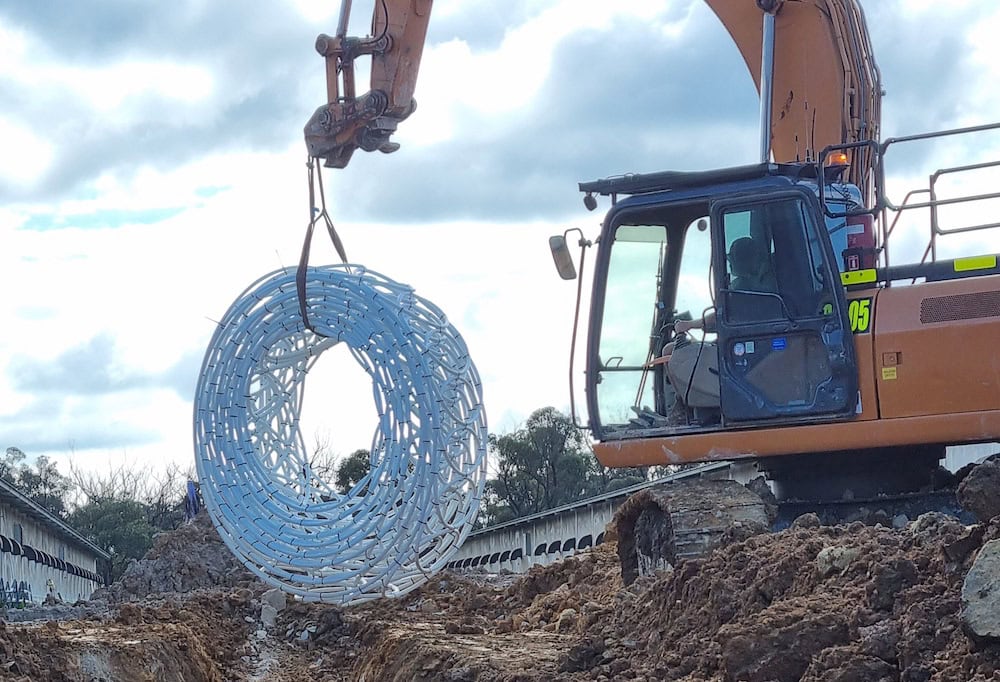
“We had a similar issue when we first tested a geothermal system on a poultry farm on the Central Coast. We have been testing different filter mediums at Yanderra and have been getting better results.”
Brad said the project’s aim is to produce a report based in the Yanderra system that sets out a clear cost benefit analysis for poultry farmers.
“We are also exploring ways that farmers can be assisted with the upfront costs of retrofitting hybrid systems,” Brad said.
“There still needs to be gas in the tanks for emergencies, but the goal is to remove the annual gas bill. Instead of the farmer paying the gas company, we run the geothermal system giving the farmer significant cost savings.
Ground Source Systems director Brad Donovan.
“This project is a world first in terms of a direct comparison on one farm. It would never have happened if it wasn’t for the input of the University of Melbourne.”
Geothermal fires up carbon credentials
Across Australia, annual energy bills for poultry farms amount to approximately $80-$100 million, and despite boasting good carbon credentials, they emit around 1.8 million tonnes of carbon dioxide per year.
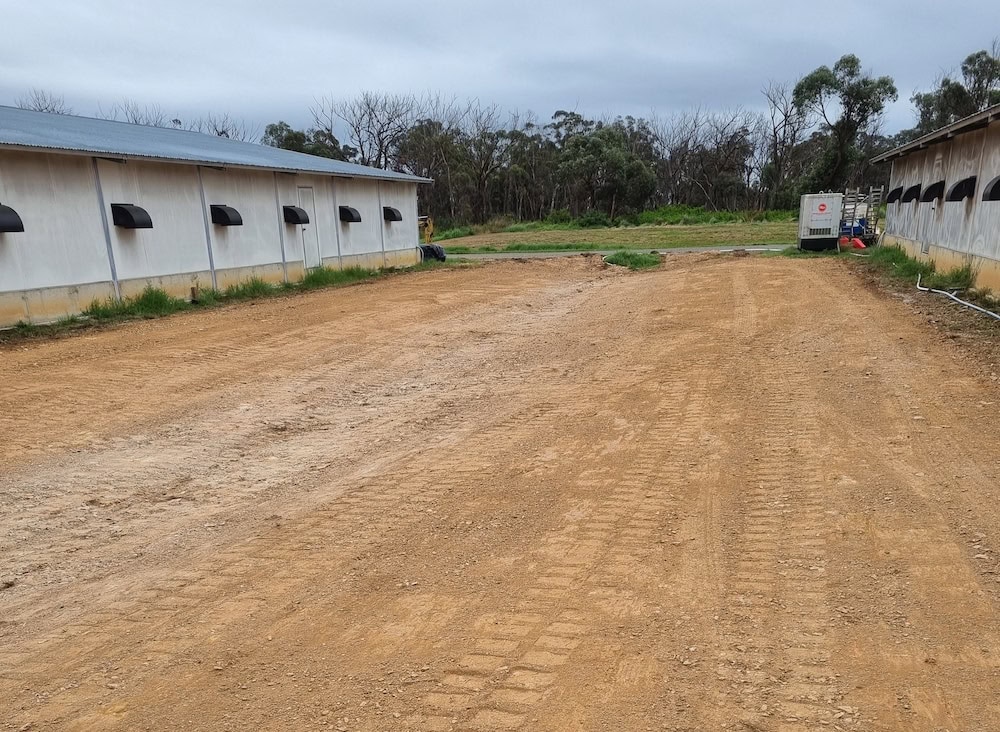
University of Melbourne Professor Guillermo Narsilio said the project team has identified 827 poultry farms across Australia that meet the conditions needed to transition to hybrid geothermal and solar energy.
“Australia is in an ideal position to lead the development of this technology and reap the benefits in several intensive farming sectors,” Professor Narsilio said.
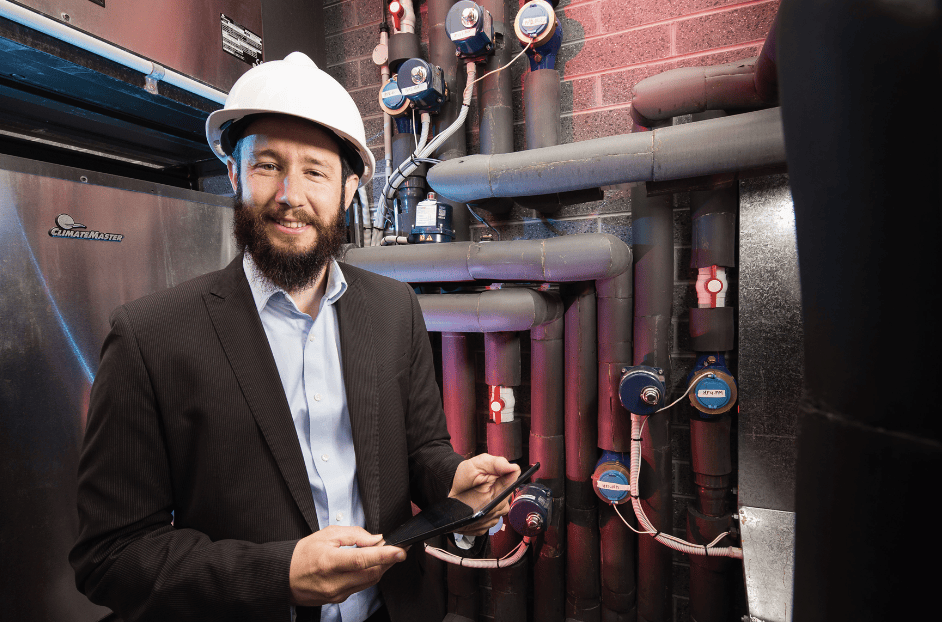
“We have world-class engineering expertise, ideal solar conditions, and the space to install geothermal systems. If we can achieve 15 to 20 per cent market uptake in the Australian poultry industry, it would reduce at least one tenth, or 160,000 tonnes of the industry’s greenhouse gas emissions.”
The project is funded through a $318,000 grant from the Federal Government’s Australian Renewable Energy Agency (ARENA), which supports the global transition to net zero emissions by accelerating pre-commercial innovation.
ARENA CEO Darren Miller said the project should provide an important case study to drive uptake across the sector.
“Heat pumps represent a viable alternative to traditional heating systems in helping to reduce emissions from Australia’s meat and poultry industry,” Darren said.
“Ground Source Systems is showing what’s possible with the demonstration scale project and we’re hoping that the valuable knowledge gained will encourage even the larger poultry companies to jump on board and look to heat pumps as a viable solution for their energy needs and net zero goals.”
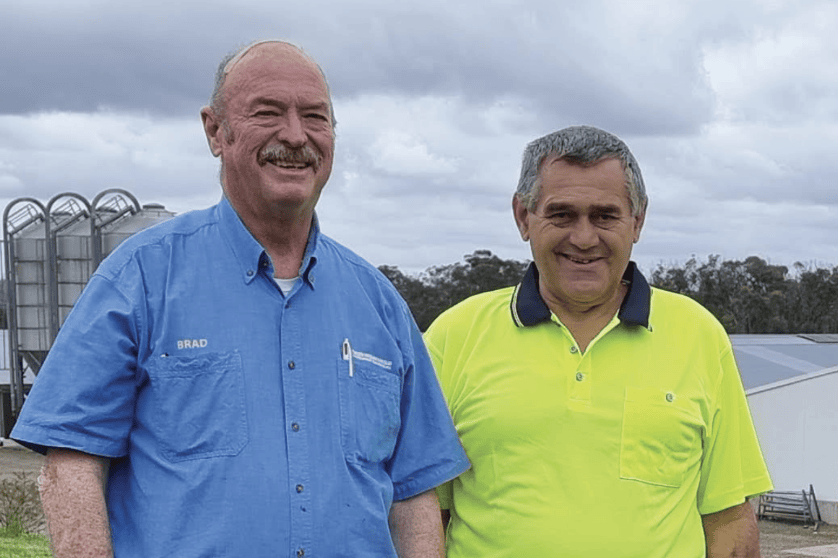
The project team estimates the new system could reduce the sector’s total greenhouse gas emissions by around one million tonnes CO2 from 1.8 million tonnes to 0.8 million tonnes per annum, with 100 per cent uptake.
“The hybrid energy costs for farmers would be between 75 and 90 per cent less than existing systems, subject to the farm operation method, with installation costs likely to be fully recovered within three to six years,” Darren said.
Renewable scheme darkens solar expansion
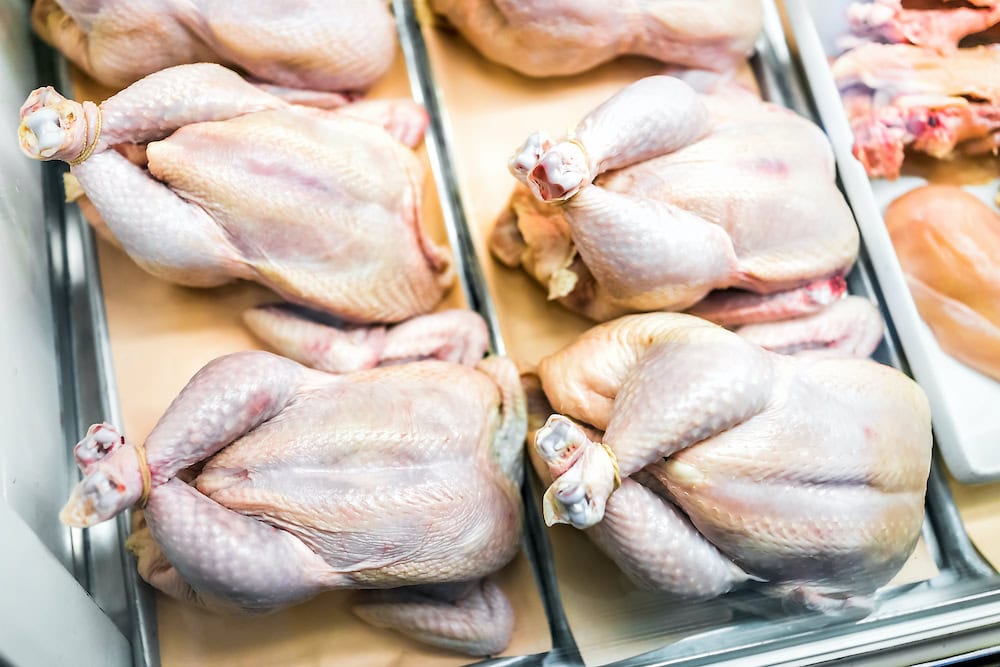
George Zefara said the Federal Government’s Renewable Energy Target (RET) scheme is limiting the family’s solar expansion aspirations.
George, wife Katrina and son Simon run the poultry meat farm at Yanderra that is the test site for the hybrid geothermal system. It already boasts a 99kW solar system that is paying for itself, but George wants to take more advantage of the sun’s energy.
“Our electricity bill now is about $15,000 a month in summer and around $6,500 in winter. The solar system we have has reduced the costs by around $4,000 per month in summer and $1.500 in winter,” George said.
“It was a wise investment, but our hands are tied behind our back when it comes to wanting to expand our solar system. Once you get past 99 kilowatts, you are classed as a power station,” he explains. “We would like to install more solar panels, but are not eligible for the rebate if you are over 100kW.”
The federal government provides solar rebates as an incentive for small and large solar systems under the Renewable Energy Target (RET).
Solar systems under 100kW are classed as small-scale and are eligible for the Small-Scale Renewable Energy Scheme (SRES), which works by issuing Small-scale Technology Certificates (STCs) to help with installation costs.
Solar projects greater than 100kW are treated differently, with separate segments known as the Large-Scale Renewable Energy Target (LRET). Incentives are provided through Large-scale Generation Certificates (LGCs) and there are no upfront rebates.
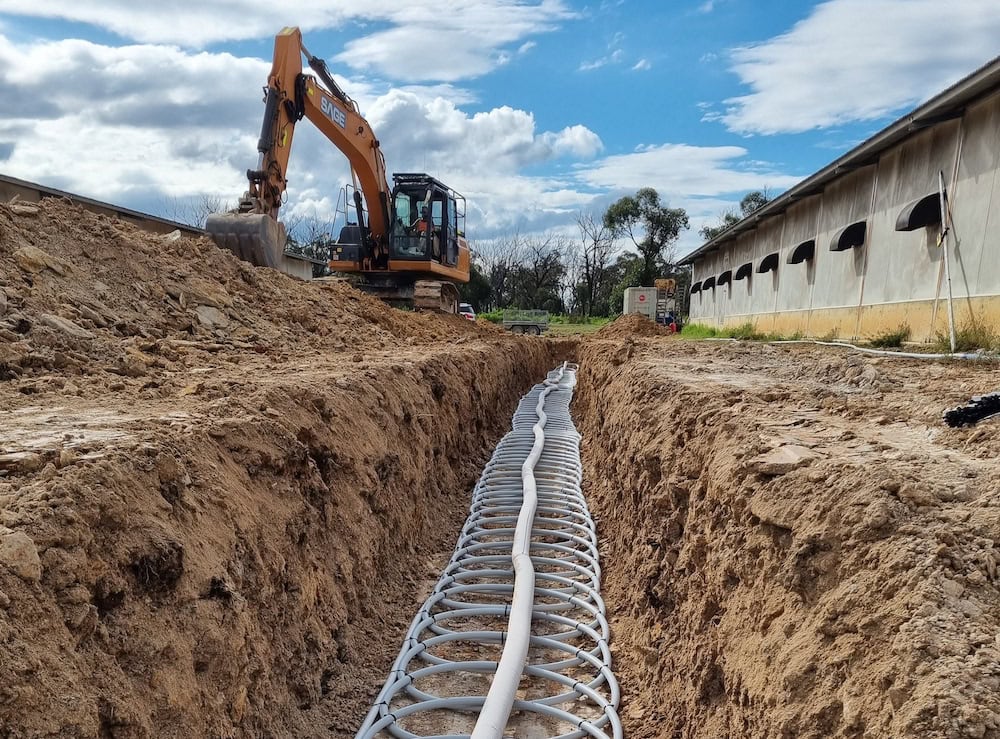
The market price for LGCs has crashed in recent years due to large number of commercial solar projects being commissioned, making it unviable for farmers like George.
“It’s a big problem for our business and other poultry farms,” he says. “It’s another one of the reasons why we are happy to be involved in this trial to reduce our gas costs. It’s still early days, but we do believe the geothermal system will work in doing that.”
New guidelines for chicken meat farms
The AgriFutures Australia Chicken Meat program has published new environmental and planning guidelines for new and experienced farmers.
The guidelines include environmental management recommendations, development application planning and innovative power, water, location and infrastructure designs and plans.
AgriFutures Australia Chicken Meat Program Research Manager, Annie Lane, said the guidelines – a national first – will play a key role in encouraging environmental and socially sustainable development of and production on Australian chicken meat farms.
“The guidelines provide a simple-to-use framework with essential information to help the chicken meat industry adhere to principles of environmental sustainability, as well as drive the industry’s economic development,” Annie said.
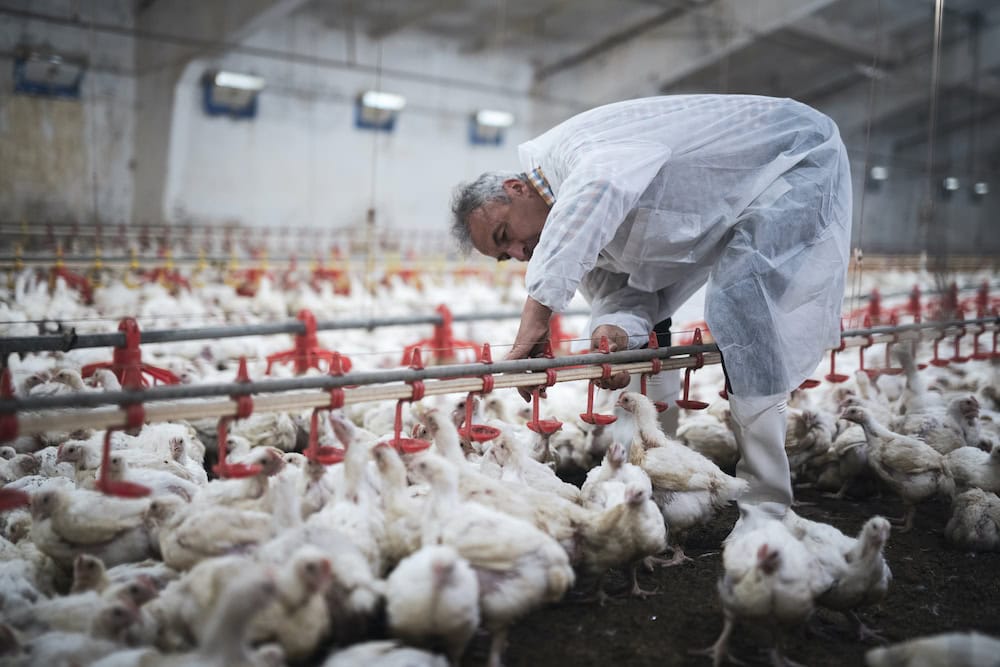
“Chicken meat production uses the least amount of water of all intensive livestock industries and has the lowest greenhouse gas footprint. These factors are essential when considering the sustainability of the industry and the impact on the Australian environment.”
According to the Australian Chicken Meat Federation, chicken meat has the lowest environmental footprint of any meat, largely because chickens are highly efficient converters of feed into meat.
A comprehensive environmental impact report accepted by the CSIRO in September has backed the industry’s green credentials. It determined the carbon footprint, fossil energy use, fresh water consumption and land occupation impacts for conventional and free-range production systems.
The Environmental impact assessment of the poultry industry in Australia: Chicken meat report highlighted further room for improvement with alternative feed proteins, technology adoption and practice change to maintain or reduce impacts as production expands to meet consumer demand.
What is direct geothermal energy?
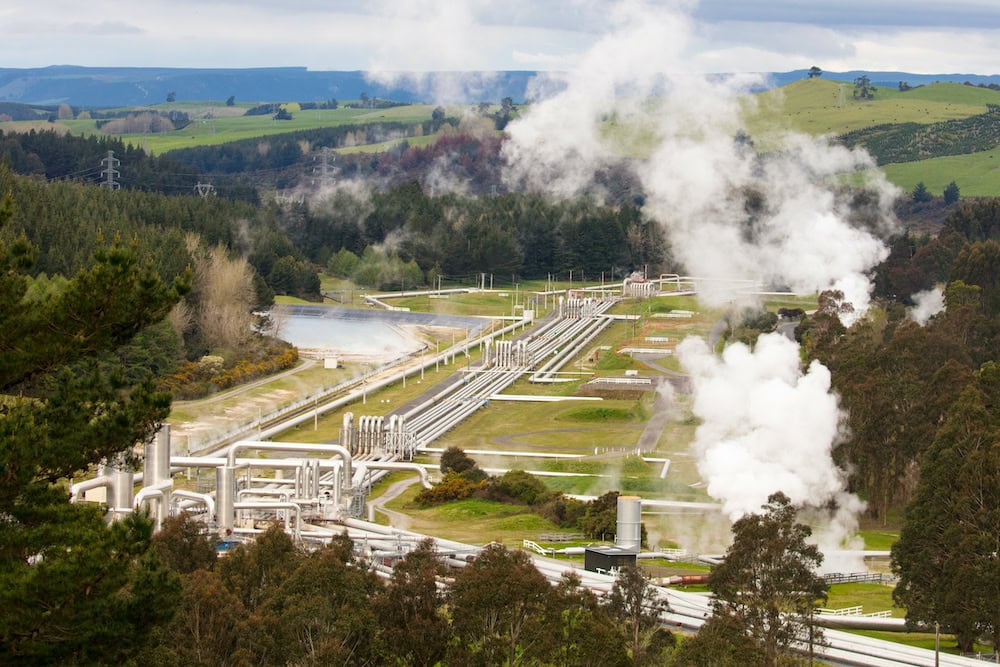
Direct geothermal energy uses the ground as a heat source in winter and a heat sink in summer for heating and cooling buildings. The technology involves using ground loops and heat pumps. Water is circulated through the ground loops, which comprise of pipes built into building foundations, or into specifically drilled boreholes or trenches.
In winter, heat contained in the circulating water is extracted by a ground source heat pump (GSHP) and used to heat the building. The cooled water is reinjected into the ground loops to heat up again to complete the cycle.
In summer, the system is reversed with heat taken out of the building and dumped to the ground.
if you enjoyed this feature on geothermal poultry meat, you might enjoy our story on the sales of ham and turkey before and during Christmas.





